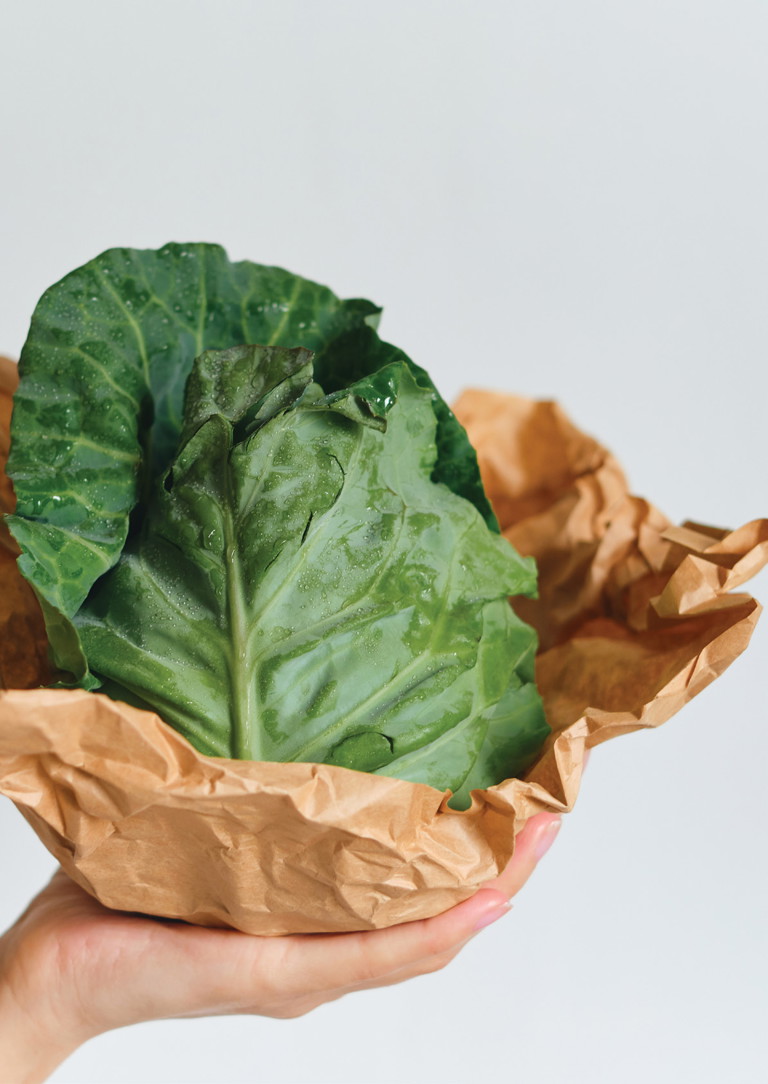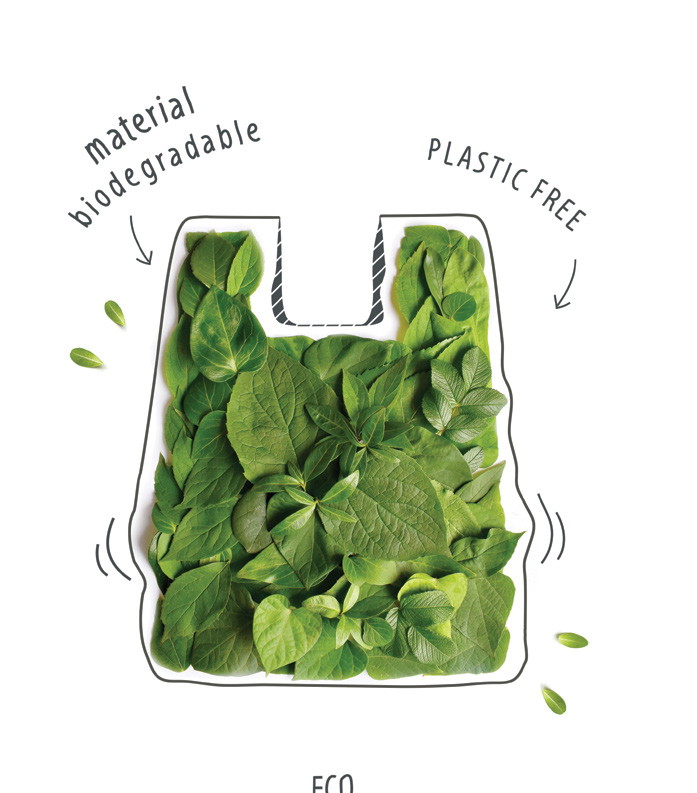
Packaging as
a means to
communicate
sustainability
One of the obvious areas of transition to sustainable operations is product packaging.
COMMUNICATING sustainability in relatable ways is equally important as engaging in sustainability practices.

BY MIN TEAH
CURTIN UNIVERSITY
Adecade or so ago, sustainability was considered as an abstract concept for businesses. It has become apparent that sustainability is no longer considered as optional but as a mandatory part of business operations.
From packaging to manufacturing processes, elements of sustainability are being integrated into many facets of business operations. One of the obvious areas of transition to sustainable operations is product packaging. It is by and large the most obvious touchpoint for customers and often the first interaction they have with a brand or product. Whether it is through seeing or touching a product’s packaging, it presents an opportunity to communicate and engage with a customer on a brand’s sustainability message. There are three ways in which you can leverage your existing packaging to your brand’s advantage.
Packaging material is one of the more obvious means to communicate sustainability, such as changing packaging material from single use plastic to other environmentally friendlier options.
At a glance, cardboard packaging materials, recyclable paper and materials or organic materials project an image of sustainability.
While it is an advantage to present as a sustainable brand, it is best to reconsider when sustainability comes at the price of packaging functionality. Customers might be fleetingly impressed by a brand’s sustainable packaging but dissatisfied with the experience of the product when the packaging ends up failing to deliver as intended.
The other means to communicate sustainability is to craft a sustainable message. As customers become savvier, generic sustainability messages can be viewed by customers as ‘greenwashing’. For example, having the word ‘sustainable’ on a packaging does not provide insights as to how is a brand sustainable.
Brands are starting to provide evidence as to what positive impact they are making to the environment, such as reductions in carbon emissions, or less of their packaging going to landfill.

BRANDS are starting to provide evidence as to what positive impact they are making to the environment.
For fresh produce, brands have highlighted reduction of product wastage or preserving fresh food longer by means of better packaging. Communicating sustainability in relatable ways is equally important as engaging in sustainability practices. It is therefore a valuable exercise to consider a sustainability audit on your brand’s operations to identify and capture evidence of sustainable practices. These practices are cornerstone of good brand stories, but more importantly an engaging and evident-based message of your brand’s sustainability efforts.
Colours such as green or brown, and design elements such as trees are common colours and images used to communicate sustainability.
They can also be cliches, overused and uninspiring. In order to break through the clutter of sustainable designs, the creative and effective use of images, icons or symbols can become a differentiating feature on your packaging. For example, other ways of representing nature or a handwritten font, can help project an organic image too.
Maximising the visual impact and capturing your customer’s attention would require simple, unique and easy-to-understand sustainable messages.
Embedding URL or QR codes on your packaging (directing customers to your website and social media) becomes useful to reinforce your brand’s sustainability narrative. Just imagine the possibilities with your packaging.
MORE INFORMATION
If you have any questions about this article, contact Min Teah at min.teah@cbs.curtin.edu.au